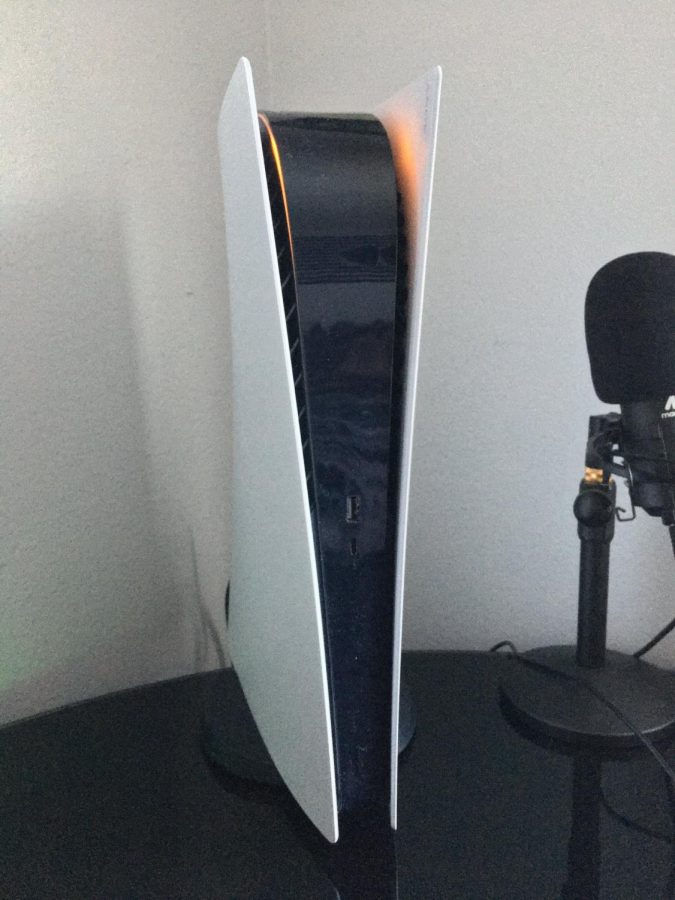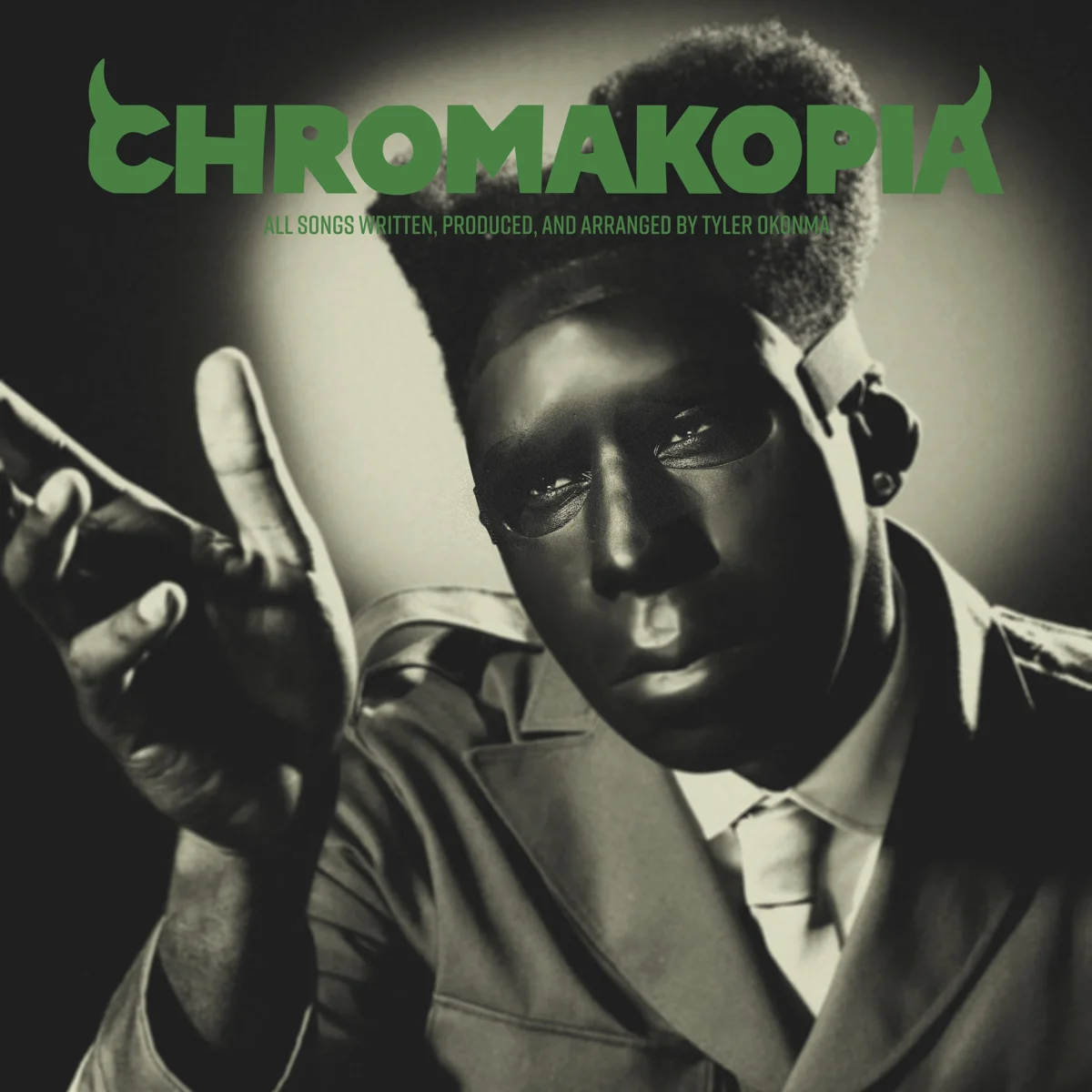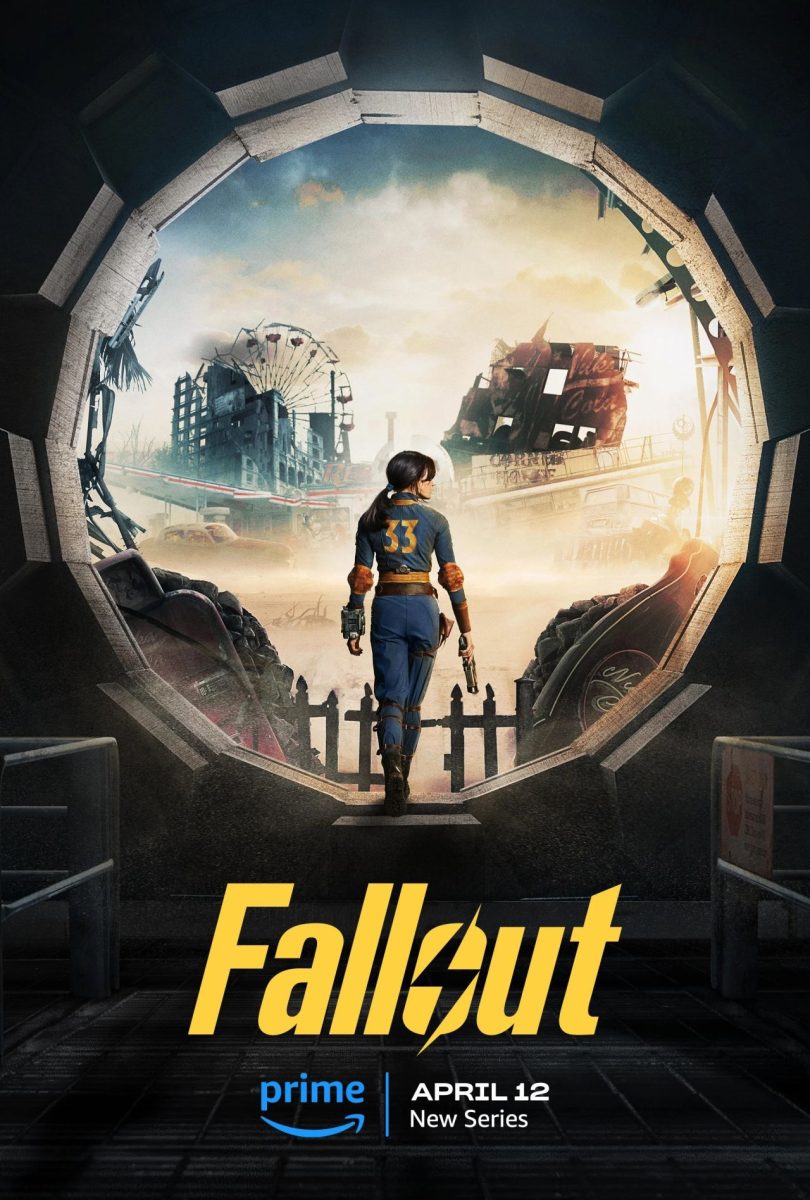I spent the weekend with the Sony PlayStation 5, and I was left impressed. The first thing I noticed was the size of the unit.
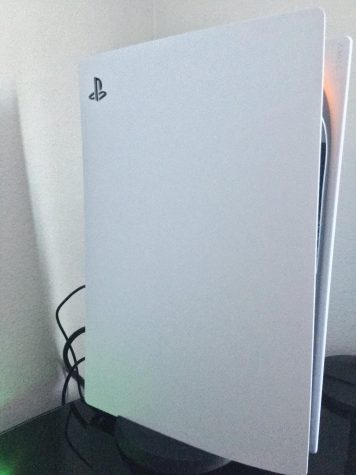
The version I purchased was the Digital Edition, which has the same specs of the disc version but lacks the disc drive. Despite this difference, they are the same size.
The speed that the console boots up and gets you into games is incredible. Launching into “Demons Souls” or “Call of Duty: Black Ops Cold War” is practically instantaneous. This is thanks to the PS5’s new SSD unit, which allows for the speedy bootup of the unit.
You’re given about 825GBs of SSD storage out of the box, and while it’s possible to remove the SSD, Sony has not allowed for SSD expansion at this time. “Demons Souls” was about 66GBs, and “Call of Duty: Black Ops Cold War” was about 133 GBs. Keep in mind, Call of Duty games typically get larger as time gets on due to patches and content that’s dropped for the game, so this small amount of storage on the SSD may be problematic in time.
The PS5 also supports external HDD units to allow additional storage for PS4 games (99% of which are backwards compatible), but I had some issues with the PS5 booting up in safe mode while my external storage was connected. Removing the external storage fixed this issue. Be wary of utilizing external storage until Sony releases a firmware update addressing this issue.
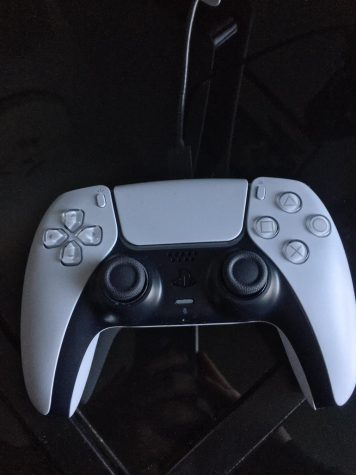
The PS5 DualSense controller boasts a new function known as Haptic Feedback, which utilizes an advanced version of rumble to simulate what’s happening in the game. There’s also the new Adaptive Triggers which simulate tension and vibration.
A good example would be in “Call of Duty Black Ops Cold War”, where the 1911 pistol is simulated through the Adaptive Triggers by having a sense of tension when you press down on the triggers. The controller vibrates differently depending on which weapon you use as well, with machine guns and shotguns feeling noticeably different from each other.
The controller has a much sturdier feeling compared to Sony’s previous controller, the DualShock 4. While maintaining the same general layout, the buttons and do not feel as loose as those on the DualShock 4, giving it a much more premium feel.
One thing of note was an issue I had when attempting to charge my DualSense controller. The controller charges utilizing a USB-C connection, and I noticed that I was not getting a charge when utilizing the USB connection at the front of the console. It charges utilizing either of the two USB connections at the back of the console, but potential buyers should be aware of this issue.
As previously stated, 99% of PS4 games are backwards compatible. I tested “Red Dead Redemption 2” on my console to see if I’d notice any noticeable improvements when it came to performance and was, unfortunately, a bit disappointed. RDR2 is notorious for having some ridiculously long load times, and I, unfortunately, did not notice much of a difference when it came to the load times.
I did not notice a bump in the FPS in the game either, it seemed to still be locked at 30 FPS. It should be noted that Rockstar Games has not released an optimization patch for the game, which could make a solid 60 FPS in the future.
Despite this, other games do receive a bump in FPS. Games like “Sekiro: Shadows Die Twice” and “Ghost of Tsushima” run at a solid 60 FPS on the console. Results vary depending on the game, but most do benefit from a bump in resolution.
Overall, first impressions of the console are quite positive. While it’s not a must-buy at the moment, if you’re interested in purchasing a PS5 and want the speedy convenience that the SSD brings, it’s worth a purchase.
While Sony still has to fix a couple of issues through some firmware updates, the DualSense controller alongside the enhanced graphical power of the console makes it a worthwhile addition to your collection.



